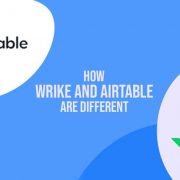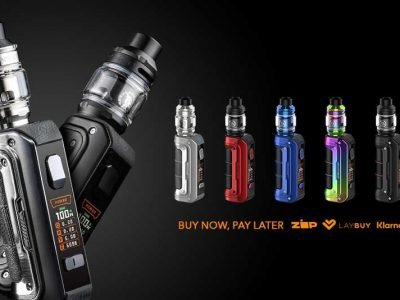Do you struggle to know your ROIs from your CTRs? Have you always wondered why marketing companies talk about engagement rates when they aren’t promoting wedding services?
Help is at hand! We’re here to demystify the marketing jargon and introduce you to essential terms. You’ll need to know these to help you master your next PPC campaign.
Here’s our quick crash course on all the PPC metrics you need to know.
What Is a PPC Metric?
Before we cover some metrics, let’s look at a few basic terms that you’ll need to know.
LWe mentioned one of those abbreviations in the introduction: PPC. PPC stands for pay-per-click, and it refers to the most common type of advertising on the internet. You only pay for that ad when someone clicks on it.
Another term you might hear is SEM. SEM stands for search engine marketing. Some people get this mixed up with SEO, but SEM is specifically paid advertising on search engines. This post by The HOTH explains further.
CPM (Impressions)
Impressions are the raw number indicating the number of times your ad was seen across the platform where you are running your promotion.
CPM means cost per thousand impressions and will give you a calculated dollar figure for every thousand people who viewed the ad.
Conversion Rate (CR)
Conversion rate is the number of people, as a percentage, who “converted” to your ad.
Suppose you have an ad going to an opt-in page where people enter their email addresses. The conversion rate figure reflects the percentage of visitors who successfully submitted their email details on that page.
Engagement Rate (ER)
Engagement rate is something ad platforms measure to see whether people enjoyed your ad. That’s important to platforms, as though they want to boost ad revenue, they’ll only achieve that long-term goal if their users like the ads.
If people publish poor-quality or annoying ads to the platform, it reduces the user experience (something ad platforms value highly).
Different platforms measure ER differently, but you’ll want to monitor this metric and get it as high as possible. As that will help lower your ad costs.
Cost-Per-Click (CPC)
With PPC ads, you only pay once someone clicks on your ad. You’ll want to know how expensive it is for each ad you run, and that’s why platforms use CPC. That is the cost for each click and will help you compare ads side-by-side.
Return on Investment (ROI)
The ROI metric gives you an indicator of whether or not your ad is profitable. You’ll need to know your revenue for each paying customer you attract through an ad. Once you’ve got that and the ad cost, you can work out the ROI.
It’s the amount of revenue you get for every dollar you spend. So if you get $2 in revenue for every dollar in ads, the ROI is 2X. It’s sometimes referred to as RoAS, which means Return on Ad Spend.
Master PPC Metrics to Succeed at Advertising
Getting great at online promotions means knowing how to optimize your ad campaigns. And that starts with understanding and interpreting all the PPC metrics you see on the ad platform’s dashboard.
Please bookmark this page and keep it to hand when you run your next campaign, and don’t forget to pop back here for more advertising and marketing tips.












